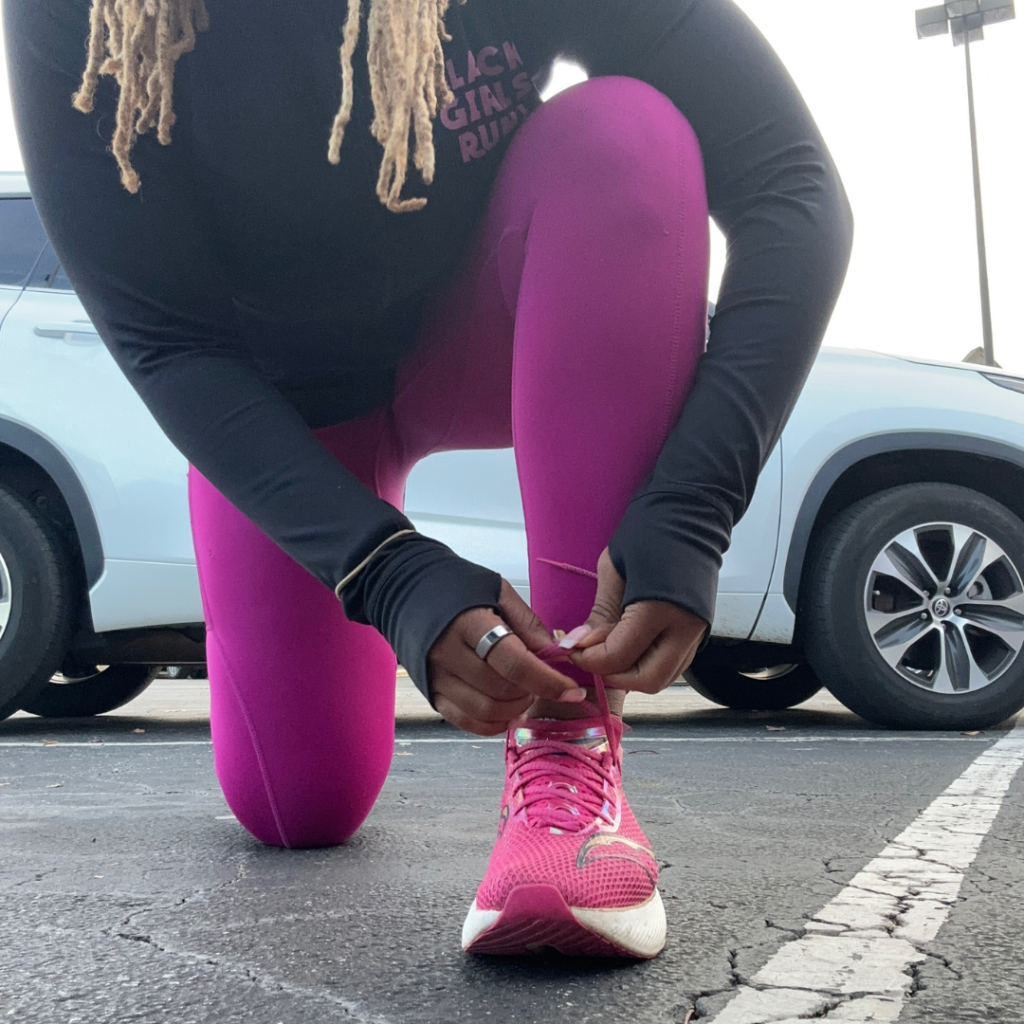Apr 10, 2024
Getting Back on Track: The Road Back to Running
After suffering from injury, getting back on track has seemed very daunting. The feeling of even having to start over again can sometimes leave you feeling unmotivated and feeling like you’ll never get to that goal. But with the right mindset, patience, and gradual approach I’ve learned how to muscle my way back on track. Here are some tips that have helped me navigate the road back to running and regaining my fitness and confidence.
- Start Slow and Gradual:
One of the most important aspects of getting back into running is to start slow and gradually increase your mileage and intensity. Begin with shorter distances and slower paces to allow your body to readjust and prevent overuse injuries. Listen to your body and don’t push yourself too hard too soon.
- Set Realistic Goals:
It’s hard sometimes but often setting realistic goals is the game-changer and is crucial when returning to running. Instead of aiming to run the same distances or speeds as before, focus on building a solid foundation. Start with achievable goals, such as running three times a week or completing a specific distance without stopping. Celebrate each milestone along the way to stay motivated.
- Incorporate Cross-Training:
One of the best things that I have ever incorporated is cross-training. Cross-training gives our body a break from running and allows our muscles to be used in a different capacity. Engaging in activities like cycling, swimming, or strength training helps maintain fitness, build strength, and prevent overuse injuries. Mix up your workouts to keep things interesting and give your body a chance to adapt to different movements.
- Listen to Your Body:
Pay close attention to how your body feels during and after each run. It’s normal to experience some muscle soreness and fatigue as you rebuild your running routine, but sharp pain or persistent discomfort could be a sign of an underlying issue. If something doesn’t feel right, don’t hesitate to seek professional advice from a healthcare provider or a running coach.
- Prioritize Rest and Recovery:
Rest and recovery are just as important as the actual running. Allow your body enough time to recover between runs, especially in the beginning stages. Incorporate rest days into your schedule and prioritize quality sleep to aid in muscle repair and overall recovery. Don’t be afraid to take additional rest days if needed to prevent burnout or injury.
Returning to running after an injury or break can be challenging, but with the right approach, it is entirely achievable. By starting slow, setting realistic goals, listening to your body, and prioritizing rest and recovery, you can gradually rebuild your running routine and regain your fitness and confidence. Stay consistent, seek support from your BGR! sole sistas, and maintain a positive mindset throughout the process. Embrace the road back to running and enjoy the journey of rediscovering your love for running.
 By: Felicia. R. Hall @feliciarhall
By: Felicia. R. Hall @feliciarhall
Felicia is an educator and motivator at heart. Felicia is a Certified Athletic Trainer, Corrective Exercise Specialist, Run & Fitness Coach, RYT 200 Yoga Instructor, Educator, and a doctoral candidate. She is a small-town girl who loves running, nature, and helping others become the best version of themselves.

